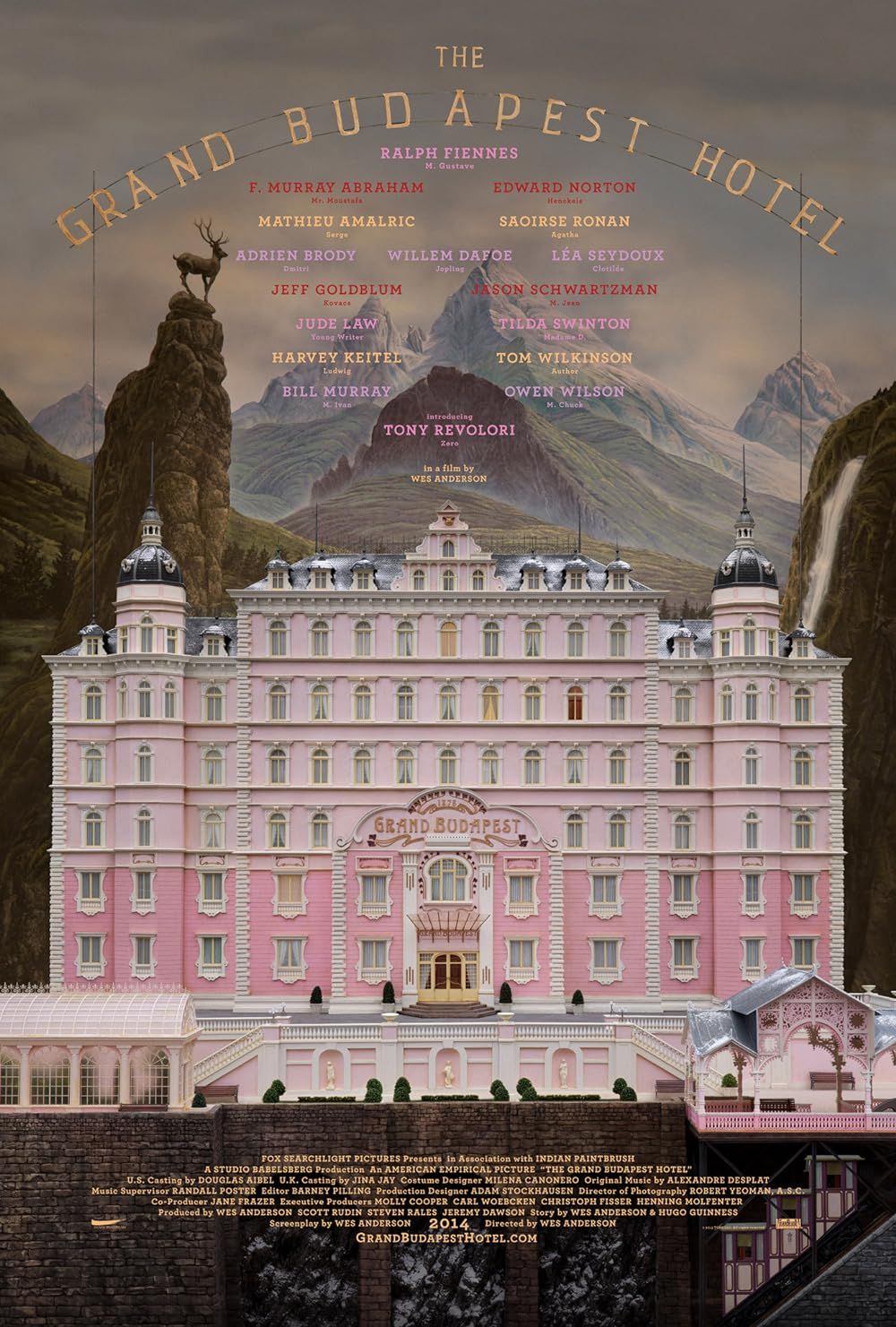- Cinneman
- Posts
- The Art of Colour🎨
The Art of Colour🎨
Painting the Silver Screen

Dear Fellow Cinephile,
Welcome to another installment of our "Techniques in Cinema" series, where we dive into the intricate tools and methods that filmmakers use to craft unforgettable cinematic experiences. In this email, we'll explore one of the most powerful and expressive techniques in the filmmaker's palette: colour! 🎨
Read Time: 5min 10sec
Introduction🎓
Color in film is not just a visual element; it's a storytelling tool that adds depth, emotion, and symbolism to a narrative. From the black-and-white classics of yesteryears to the vibrant palettes of modern cinema, color plays a pivotal role in shaping the viewer's experience.
🗝️ Key Aspects:
💙Mood and Emotion: Colors can evoke specific moods and emotions. For example, warm colors like red and orange can create a sense of passion or danger, while cool colors like blue and green may convey tranquility or sadness.
🔍 Visual Focus: Filmmakers use color to guide the viewer's attention. A strategically placed splash of color in an otherwise monochromatic scene can draw the eye and emphasize a particular element.
📚 Symbolism and Subtext: Colors are often used symbolically to convey deeper meaning. Red may symbolize love or anger, while yellow can represent joy or deceit. Understanding these visual cues can enhance the viewing experience.
📝 Notable examples of colour use in film:
"Schindler’s List" (1993)

In "Schindler's List", Steven Spielberg uses black and white cinematography, highlighting the red coat of a little girl to symbolize innocence amidst the horrors of the Holocaust. This selective burst of color emphasizes the tragedy's brutality, creating a poignant and unforgettable visual impact that enhances the emotional weight of the narrative.
"The Wizard of Oz" (1939)

This iconic classic, "The Wizard of Oz", is renowned for its dramatic transition from sepia-toned black-and-white to vibrant Technicolor as Dorothy steps into the magical world of Oz. This shift creates a striking juxtaposition between the ordinary reality of Dorothy's Kansas life and the fantastical, colorful realm she discovers, adding a visually captivating dimension to the film's narrative.
"The Grand Budapest Hotel" (2014)

Wes Anderson's deliberate use of the color pink throughout the film serves as a notable example of his storytelling through color. The predominant pink hues in the hotel's decor not only contribute to the film's visually distinctive style but also convey a sense of nostalgia and whimsy. This choice infuses the scenes with a unique atmosphere, emphasizing the eccentricity of the characters and adding a layer of charm to the overall narrative.
🎯Techniques in Practice:
Filmmakers employ various techniques to manipulate color, from color grading in post-production to the selection of set and costume colors during pre-production. The choice of film stock or digital camera settings also impacts the color palette, thus can be manipulated to achieve desired aesthetics!
🌌Your Cinematic Journey:

As you continue your exploration of cinema, pay close attention to the use of color in your favorite films. Consider the emotions it evokes, the symbols it conveys, and how it enhances the storytelling. Let’s use this example:
🤖"Her" (2013)
Another film with a distinctive use of color is "Her" (2013), directed by Spike Jonze. Pay attention to the film's soft and warm color palette, featuring subtle tones of red, orange, and yellow. These colors are carefully chosen to create a visually immersive and emotionally resonant atmosphere. In "Her," the use of color contributes to the portrayal of a futuristic and emotionally intimate world, enhancing the audience's connection to the story of love, technology, and human connection. Clue: the vibrancy of colour might give insight to the intensity of one’s emotional state!

Share your insights and discoveries with me @cinneman as you become more adept in deciphering the language of color in film!
Stay tuned for the next installment of our "Techniques in Cinema" series, where we'll unravel more cinematic secrets. ✨
Yours in the vibrant tapestry of film,
Cinneman